
Most companies, even the more organized and successful ones, fail at promoting their innovations effectively. For example, one of the top engineering companies promoted a hydrogen car innovation, but they made it difficult for the audience and press to notice and understand it: they announced the innovation on Twitter but not on their website news, the press release was a PDF and not a page, PDF used a different title and terminology probably because different team worked on it…
Innovation includes promotion and adopting by customers, otherwise it is only an invention which no one uses. And promotion today consists of many technical details which are very easy to learn but often ignored. Failing at these details lowers the rate of innovations.
These are our tips for effectively promoting innovation:
Innovation promotion should be consistent across all channels
All the content – long, short, social texts, images, audio, and video files – should be made or at least supervised by the same team to make sure all terminology, titles, and visuals deliver the same message.
Publish the content at the same time on all channels
Make a list of all channels – home page, news, blog, newsletters, social, webinars – and publish the content on all of them on the same day. Include all languages and all local channels. Reducing languages and channels lowers the perceived importance of the innovation.
Make it easy to share
Do not rely only on platforms which are hard to share from (for example, Youtube is better for video sharing than Vimeo). Make sure all website pages have sharing preview images. All images should be downloadable. Avoid using PDFs. Try sharing your yourself and you will see if it is easy or not. And finally make a short suggestion to the audience to share – they often forget.
To get teleports, lets first promote innovation effectively using above basics.
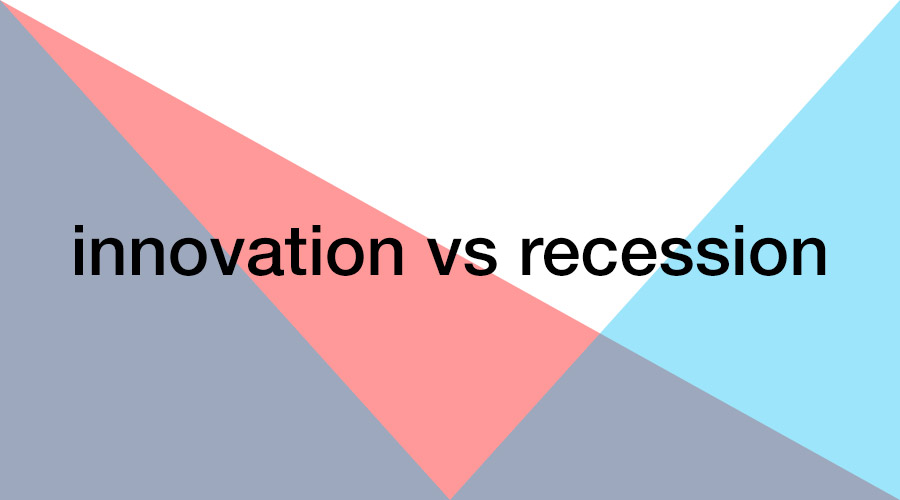

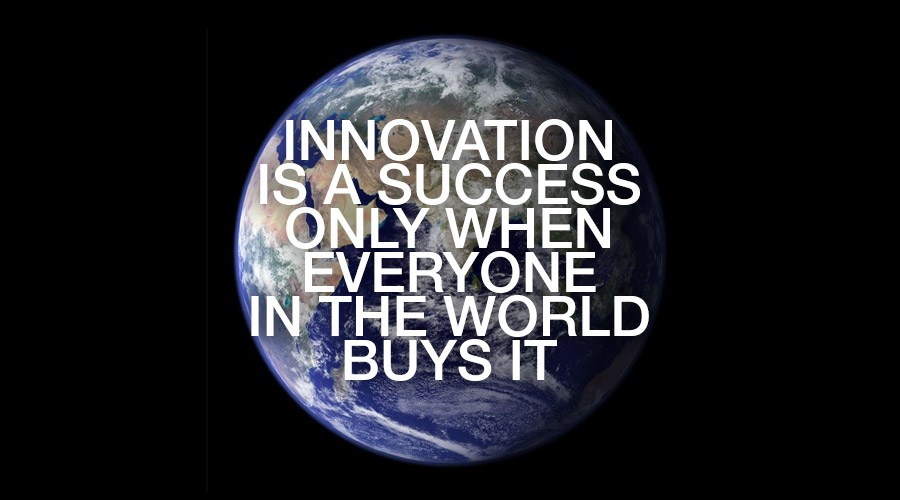
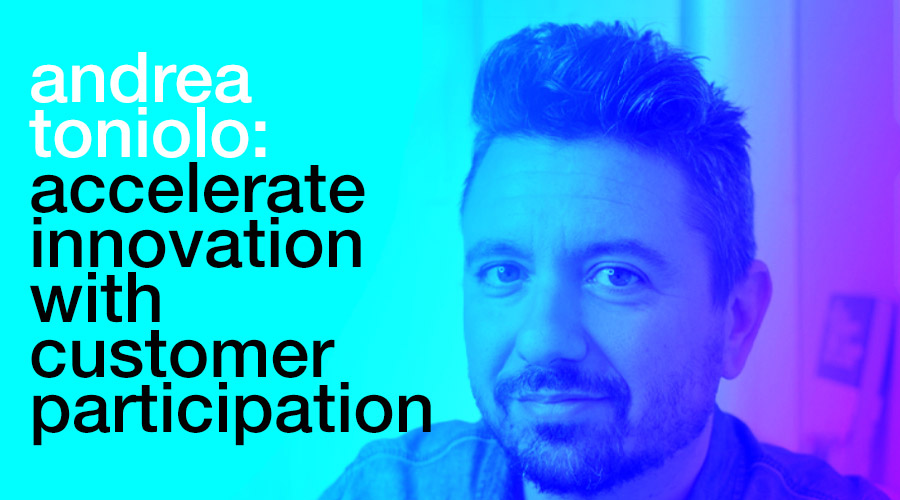

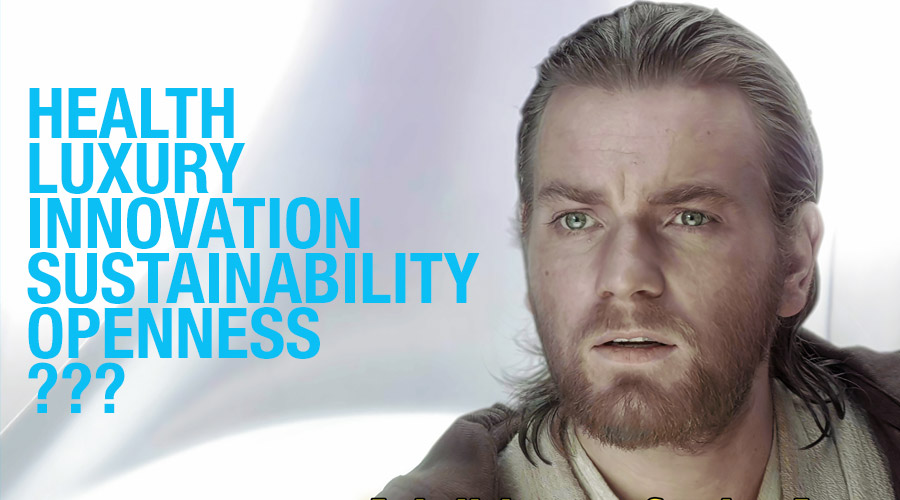
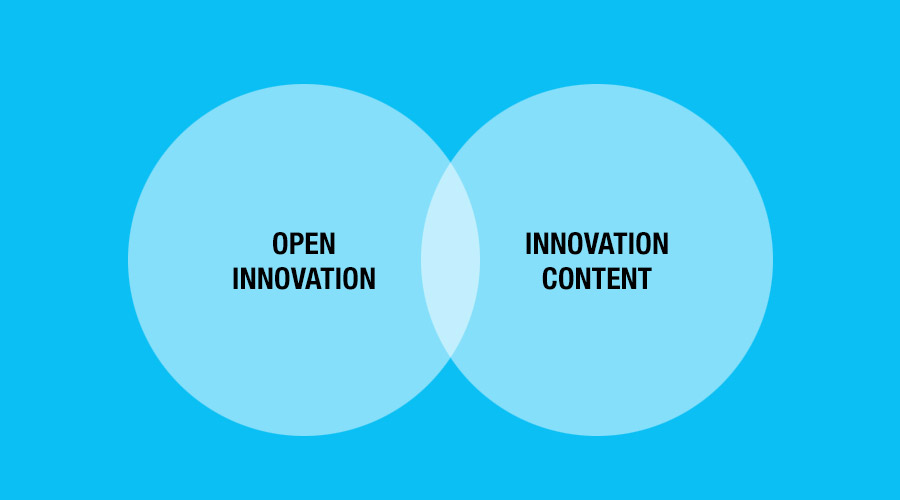


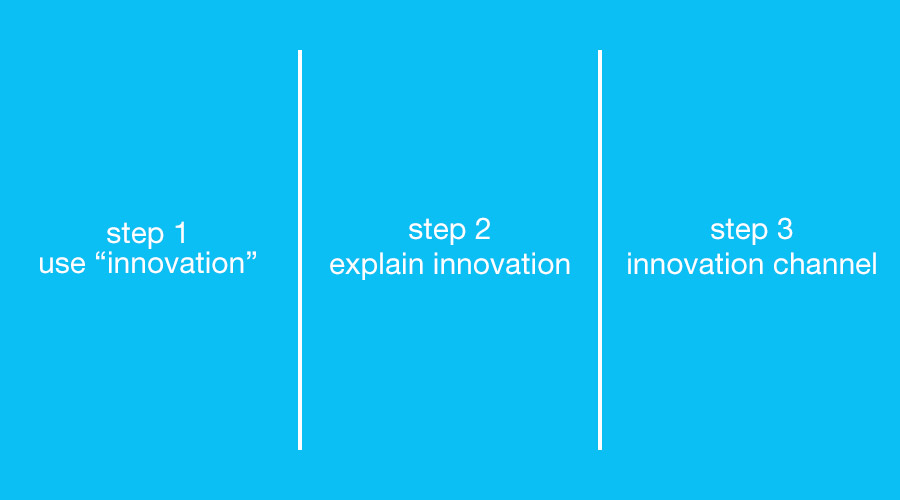
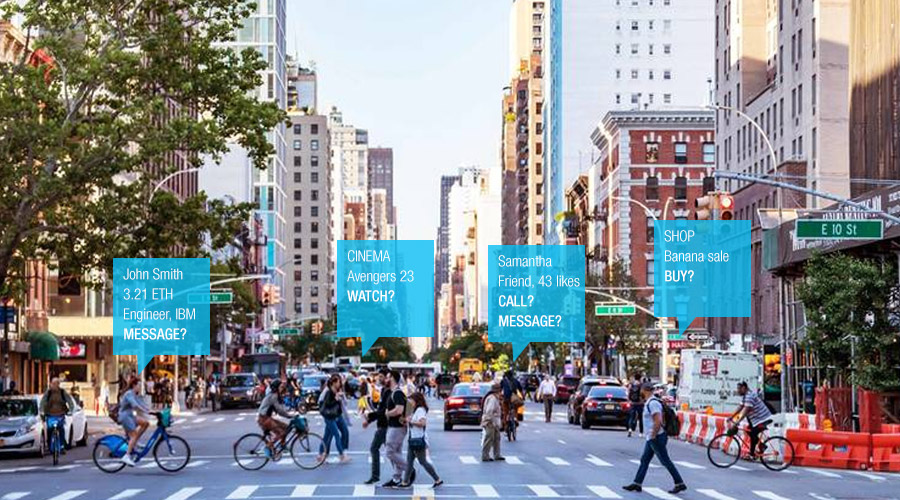

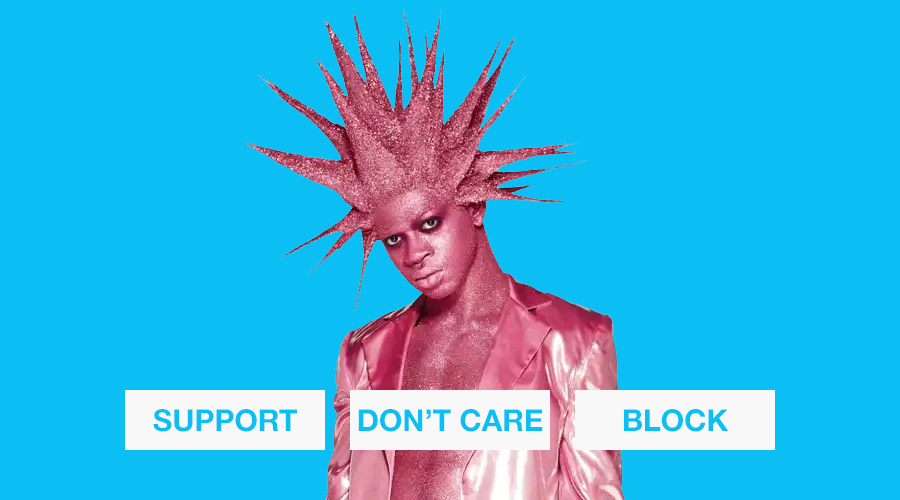
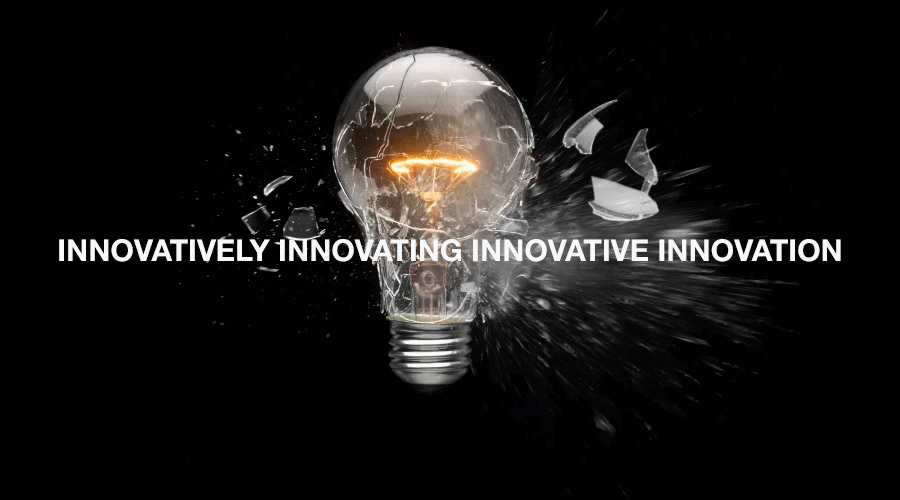
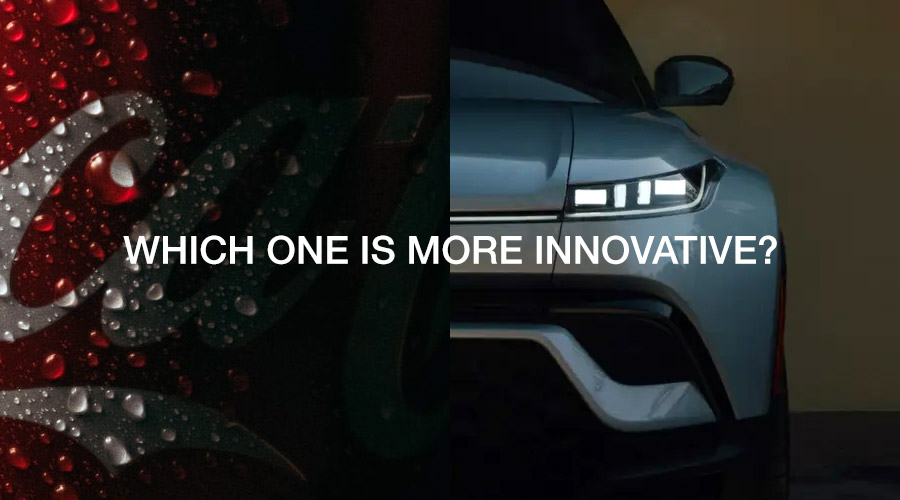



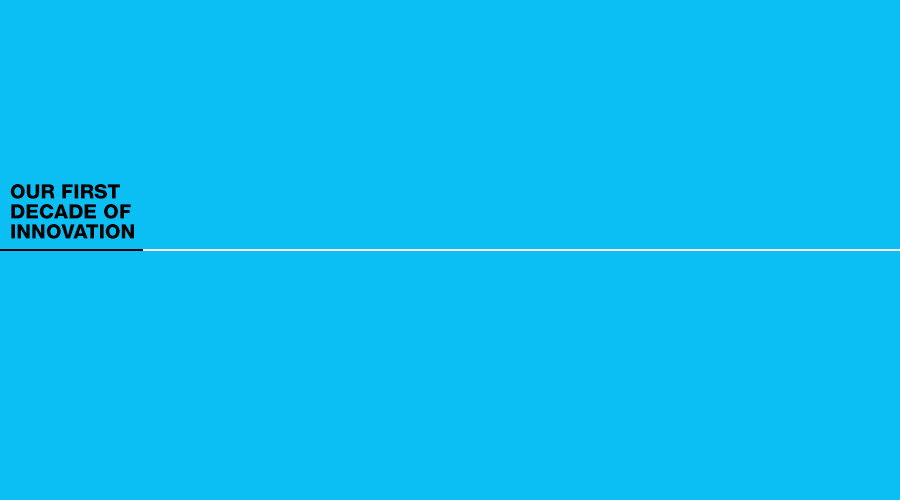
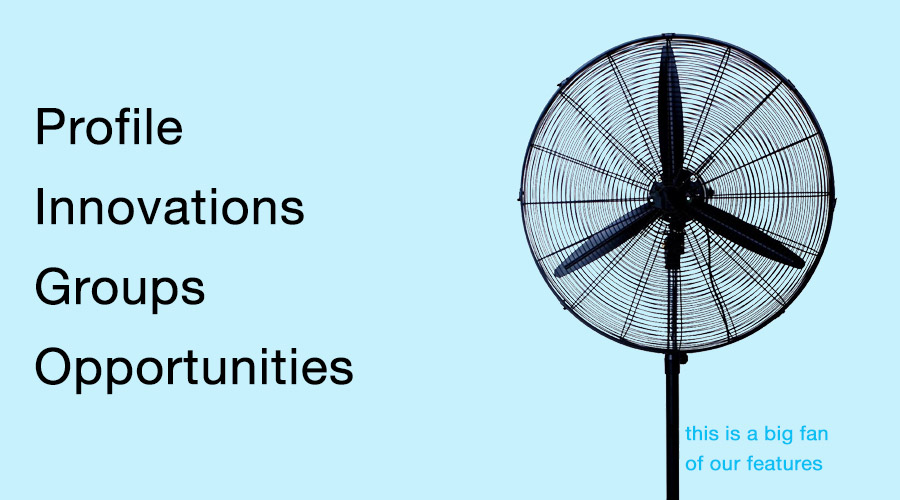

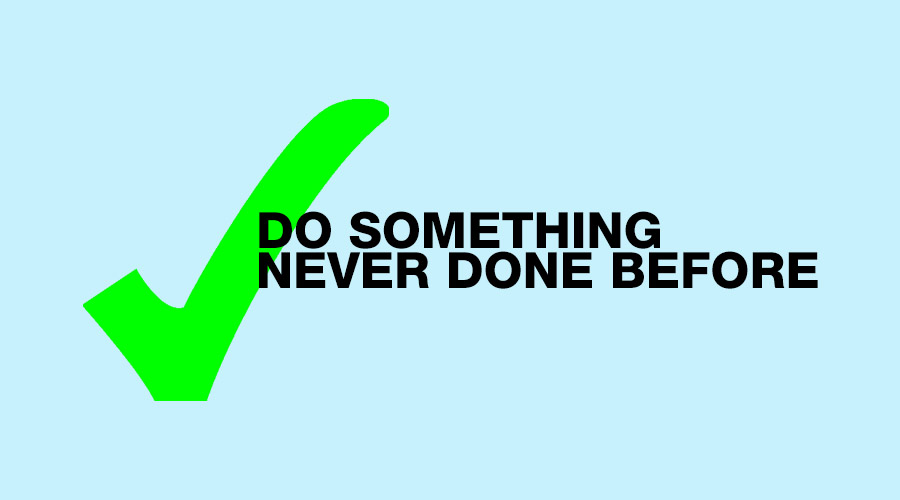

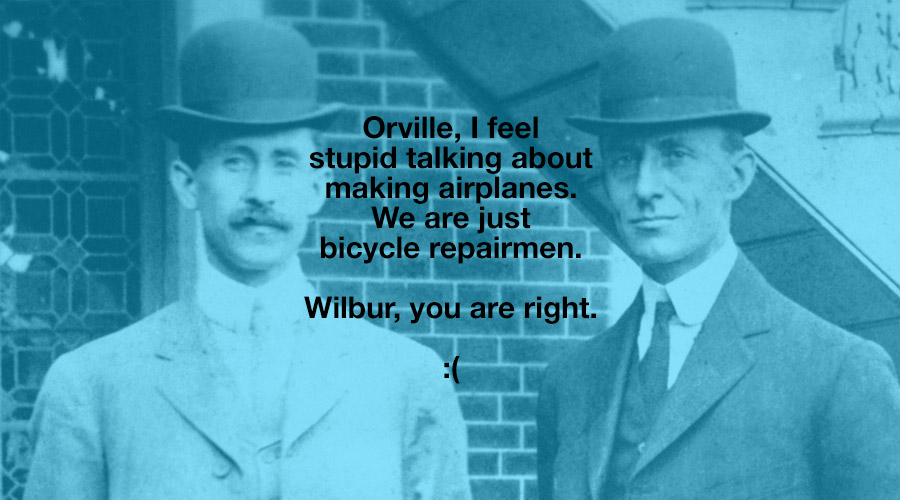

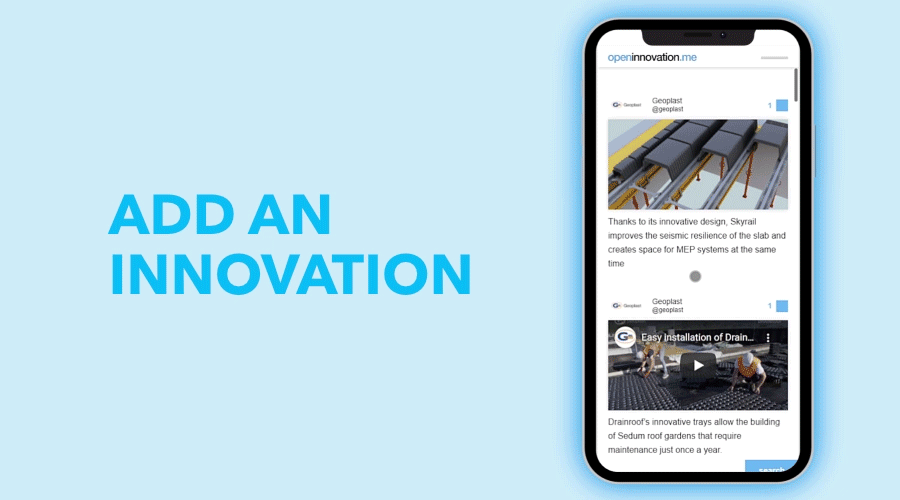


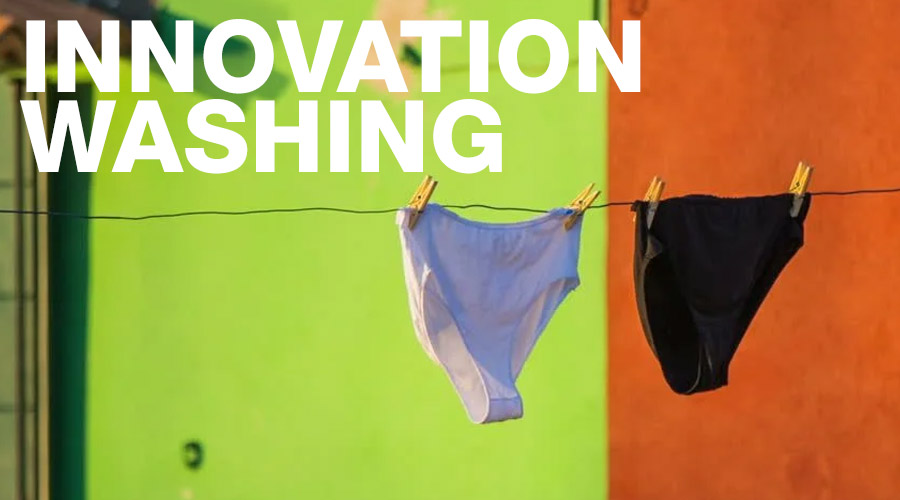


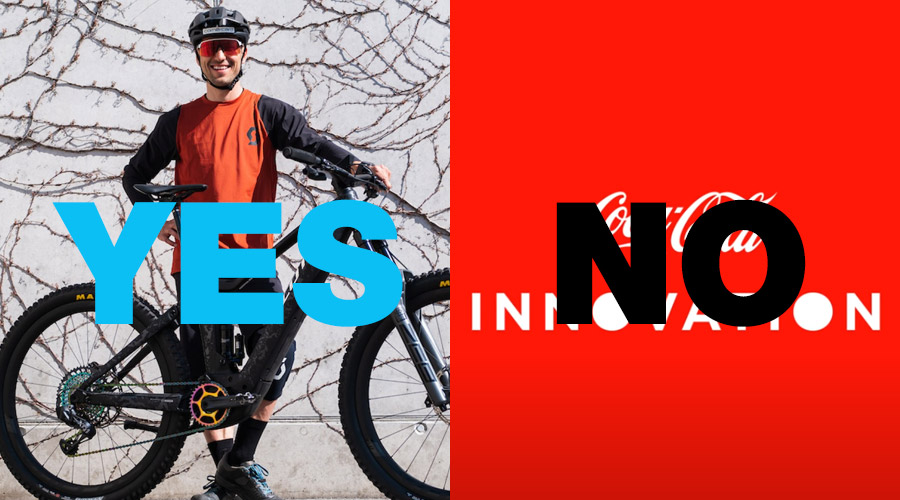

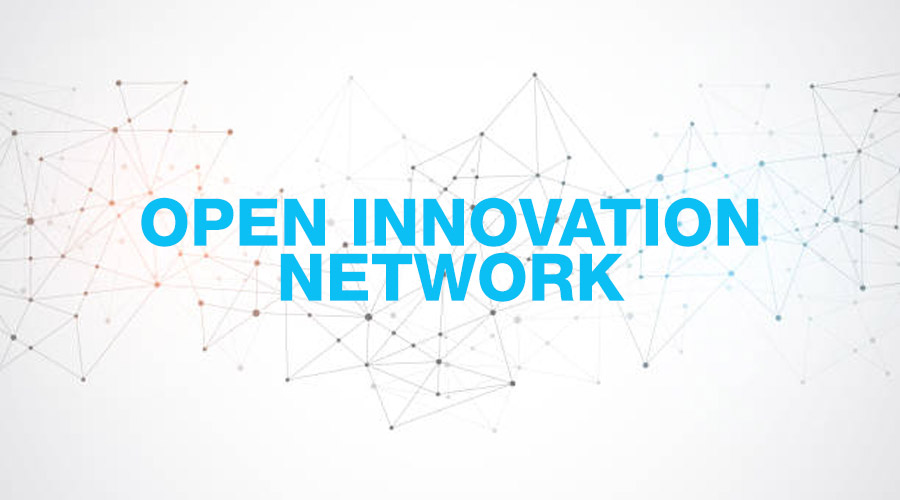


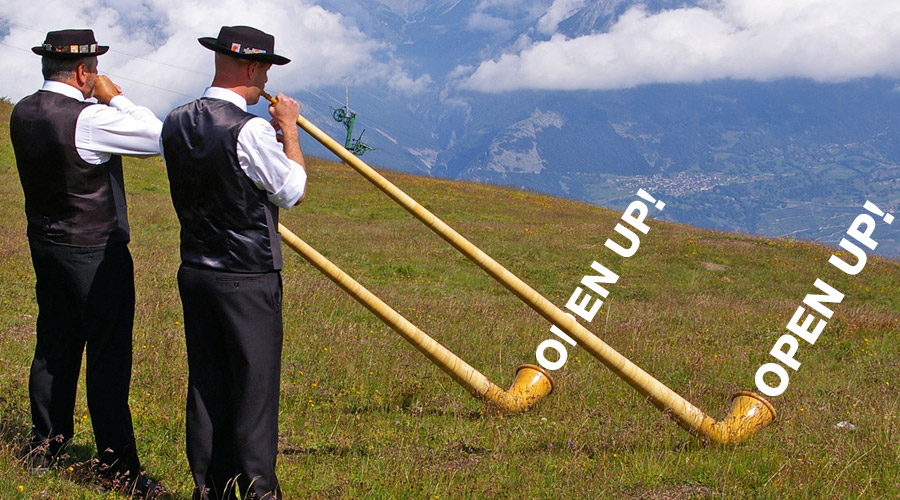
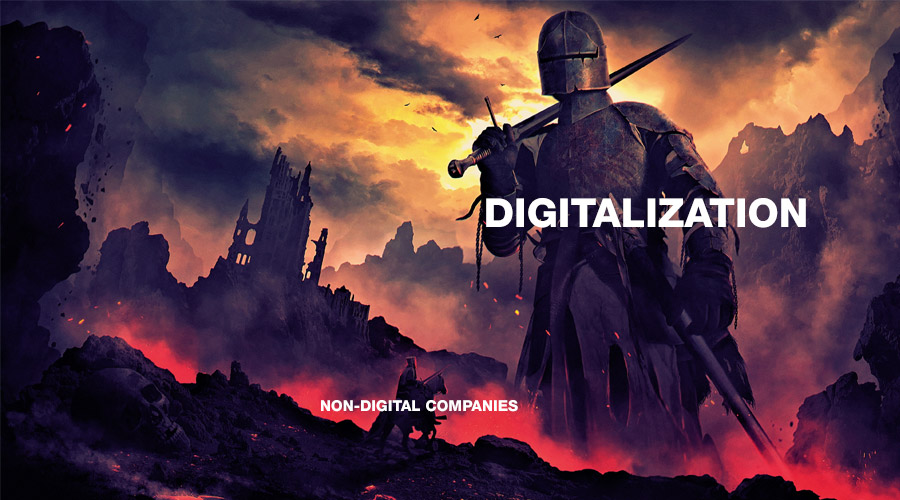
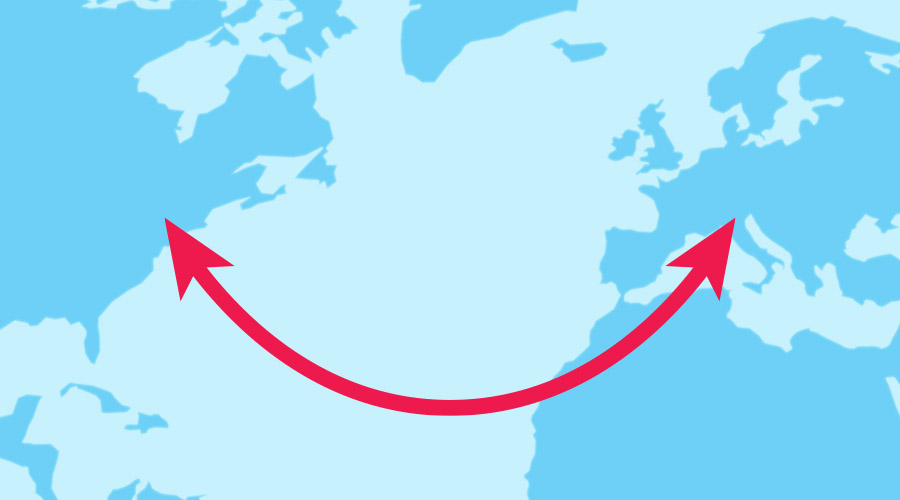


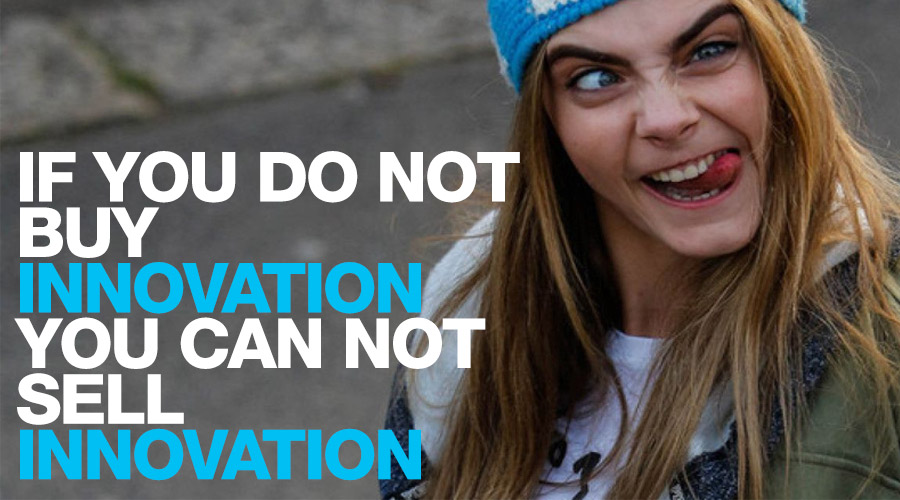
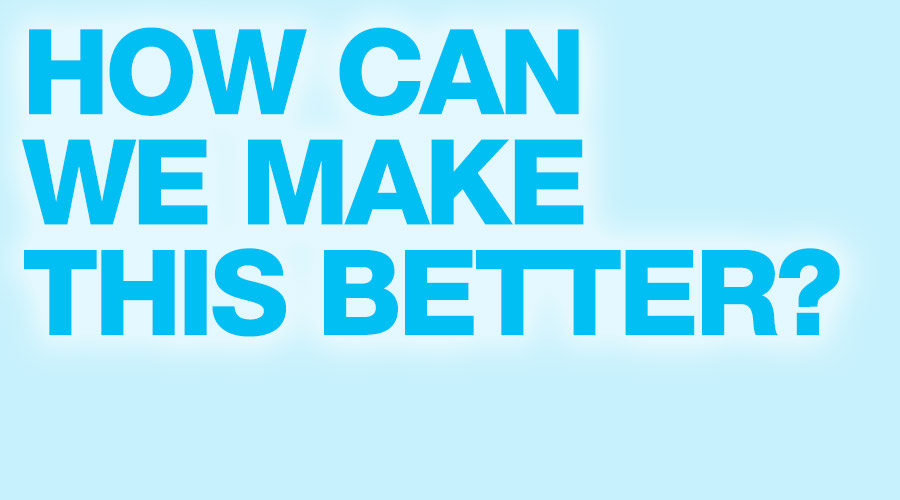



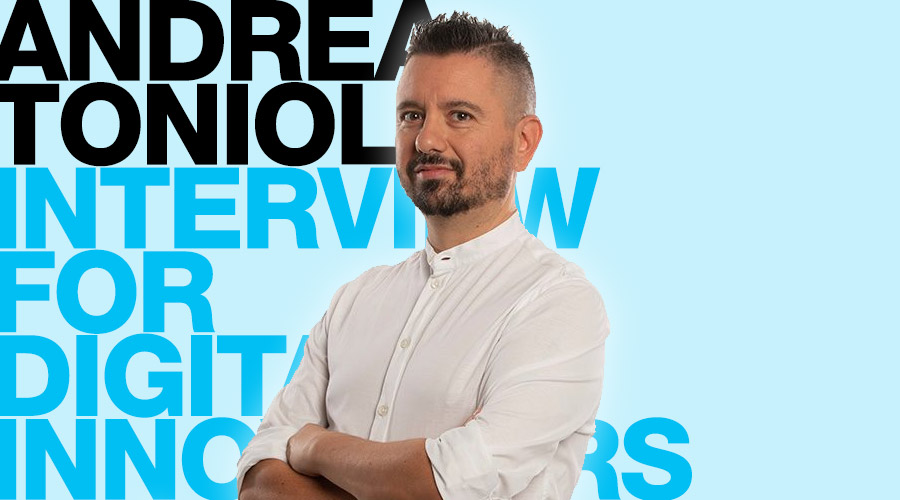
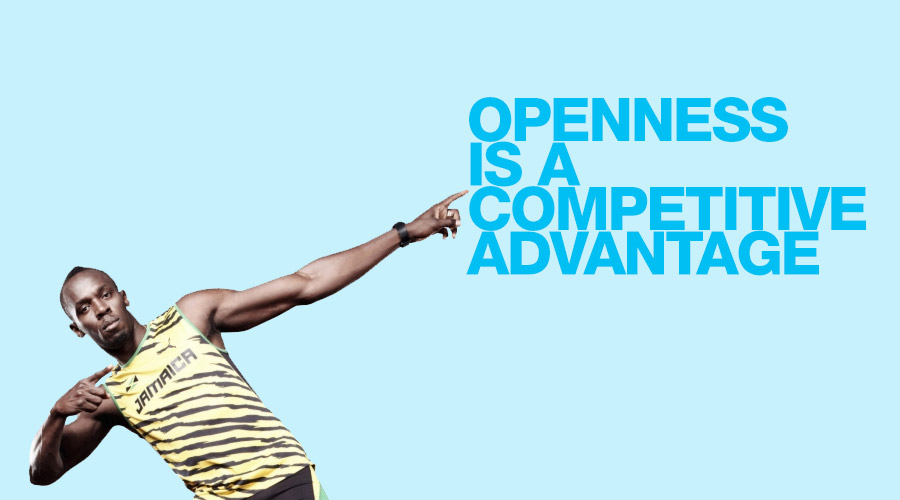
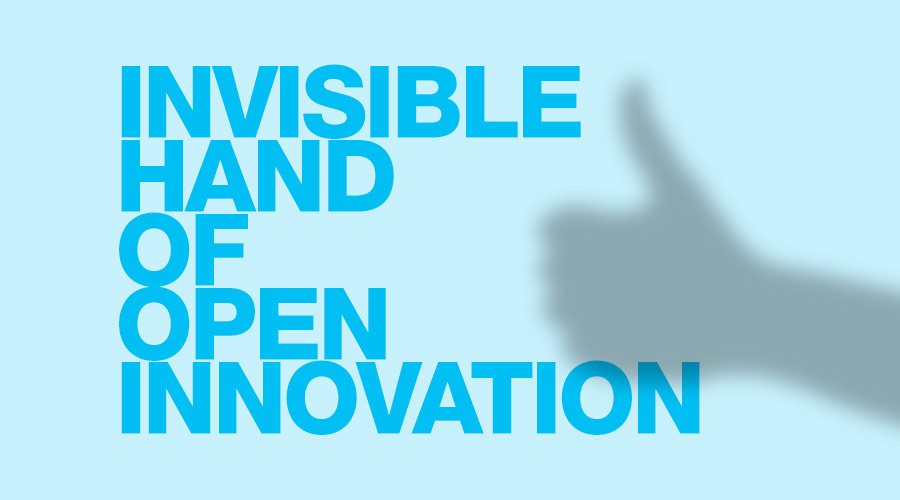
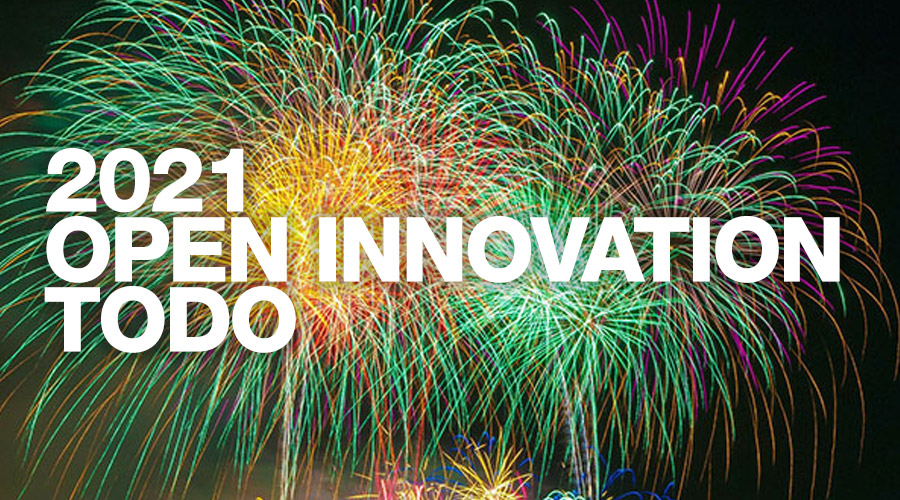


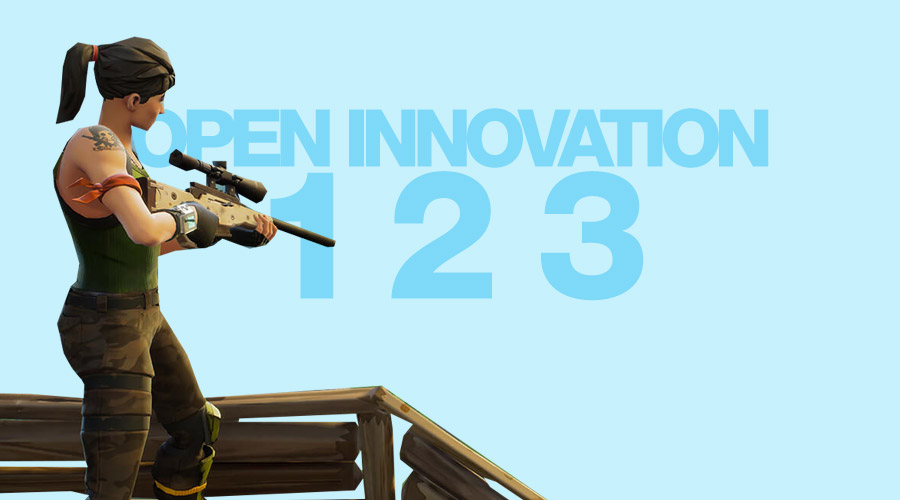
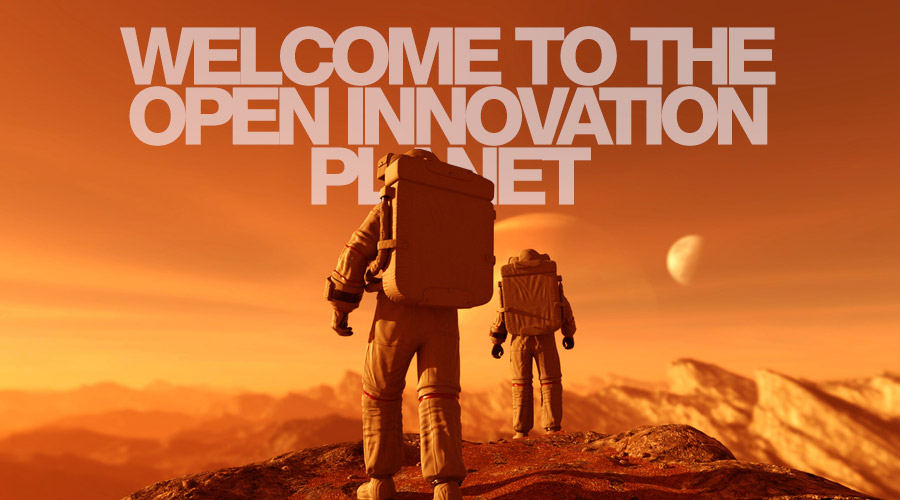
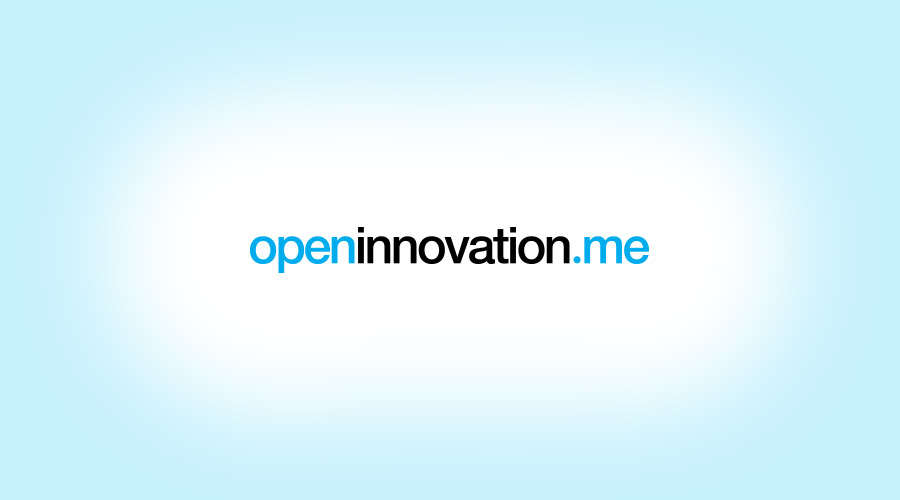


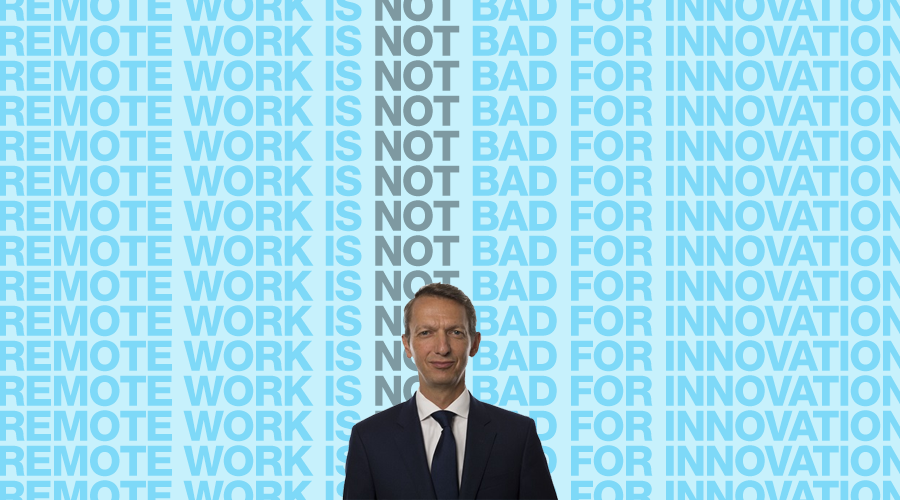





















Cybertruck & Cyberpunk 2077
Cybertruck looks different. Cyberpunk 2077 is buggy. Both of these products received a lot of negative comments upon launch. In spite of this, Cybertruck was selling more than 5,000 per day well after the launch, and CD Project Red started profiting within 24 hours of the launch.
The lesson learned is that hate is the same type of emotion as love – it is a form of obsession. Innovation causes strong emotions – both negative and positive which must go together. What innovation does not create is indifference and boredom. If customers are indifferent or bored, then innovation is not working.
When choosing how to innovate, taking a risk to be more extreme is worth it, and negative reactions should also be understood as a component of success. Failure is lack of any emotion.